A journalist should work on “immunizing” the audience with facts, as this is the best countermeasure to propaganda. These were the conclusions reached by the participants in the mentoring session, which was conducted by media expert, media and business coach, Doctor of Science, Professor, Head of the Department of Social Communications of Mariupol State University, Tetiana Ivanova, within the framework of the project Strengthening the Resilience of Front-line Media as a Tool for Combating Disinformation.
During the session, editors and journalists of front-line media talked about the essence of propaganda, sought answers to the question of why people believe propaganda. And also learned to recognize and counteract it. All this in practice, in an interactive and even playful way.
“Apathy for reality”
“Our audience, due to the prevalence of fakes and half-truths, has developed a condition called ‘apathy for reality.” People are so disillusioned with the information provided by the media that they see fakes everywhere and start looking for other channels of information. Therefore, in order to restore trust in professional media, we need to learn media literacy. After all, media literacy is about the responsibility and professionalism of a journalist,” said Tetiana Ivanova.
Can a journalist give an unambiguous answer to the question of what is the most dangerous for human life – a terrorist attack, an earthquake, a plane crash, or a swimming pool? Is it worth quoting famous people (without being 100% sure that these or those words really belong to them)? Why should we not rush even with “very good news”? The participants sought answers to these questions during the implementation of practical tasks.
Media professionals noted that due to the desire for efficiency, the media can also make mistakes.
“Journalists are also consumers of information, and we cannot always distinguish between black and white,” added Tetiana Lohvina, the editor-in-chief of the Visti Zmiyivshchyny newspaper.
However, as media coach Tetiana Ivanova commented, the hyper-informed nature of society is changing approaches to journalistic standards:
“Previously, efficiency was one of the standards of journalistic material. But now, if you haven’t checked the information, you have to give up speed.”
So, here are a few rules that media-literate journalists should remember:
- Overcoming stereotypes: journalists should not be categorical. There is no such thing as “the biggest,” “the most dangerous,” etc., there are always some additional criteria.
- We are aware of the current information state of “apathy towards reality.” People are so discouraged that they subconsciously look for someone they can trust.
- We check quotes even from well-known authorities and the true professionalism of experts.
- We preserve the consumer’s trust in our media. Reliability is more important than the speed of information.
- Until you see the whole picture, you cannot underestimate the unknown and invisible.

Journalists are not propagandists, but they are not neutral in war conditions
Where are the facts, and where are the opinions, assessments, and emotions? The next practical task was devoted to separating facts from the general context.
“Journalists should be knowledgeable in such a topic as the psychology of communication – how people consume information. Often, without realizing it, we present some of our assessments or emotions along with the facts,” noted Tetiana Ivanova.
According to a study presented by American psychologist Albert Mehrabian in the late 1960s, people convey only 7% of information verbally. 38% – through facial expressions, and 55% – non-verbally, through context, emotions, postures, etc.

“We live in a time when there is much information, and the brain is simply overloaded. Everyone wants to reach the consumer, and even we want to present the news in an emotional way. Of course, such information is more interesting, but there is a trap in reliability, accuracy, and balance. Therefore, we must remember the main rule of media literacy – the rule of genre awareness. Emotions are permissible in such genres as analytical, artistic, and journalistic. But here too, the rule of 80% facts and only 20% emotions should work. But there can be no emotions in information genres. “News, not views,” the media coach commented.
“Propaganda has many faces and colors”
Is propaganda always emotional, and the truth contains dry facts, informs about risks, and does not convince of anything? Actually, no. This is the conclusion of another practical task of the mentoring session.
“In a difficult situation, the markers we are used to can play a decisive role. We think that a calm, measured tone, numbers, facts are the truth, and everything else is propaganda. But propaganda has many faces and colors,” emphasized Tetiana Ivanova.
But is all propaganda evil? In order to understand this issue, the participants considered its types.
So, there is white, gray, and black propaganda.
White propaganda is social advertising, marketing, and PR. Its motives are clear, and its goal and effects are not hidden.
Gray propaganda, or the so-called tactics of pushing “suggestion,” is designed to give thoughts the desired direction. Gray propaganda is rather the technologies and methods of influence with the help of which a person makes the “right” conclusion.
Among the methods of gray propaganda, it is worth highlighting such a technique as “metaimmunization.” In simple words, when the speaker begins his speech by “preventing” possible criticism. For example, “now some will say again that this is fake, but….”
Also, gray propaganda is propaganda that is carried out by influencing the subconscious through art, literature, and cinema.
Black propaganda is conscious manipulation and lies. It is used to convince society, create a false idea about something, denigrate a person, a country, and the like.
Black propaganda is always used by the enemy during war to demotivate the opponent and discredit the country it is at war with. It is now actively used by russia against Ukraine.

Why do people believe propaganda?
- They do not like to think.
- They do not realize the impact of propaganda.
- The form of information presentation is attractive.
- Propaganda creates the illusion of joining the majority.
- Propaganda allows you to understand what the authorities want. It gives “involvement without complicity.”

“Journalists during war have no right to engage in propaganda or counterpropaganda. The main task of a journalist is to “immunize” their target audience with reliable facts. A journalist’s only method of working for the country is to provide reliable information. However, war changes the standards of journalism. And yet, working in such a way as to discredit the enemy and demotivate the enemy to fight against our country is necessary. And there are several ways: there is such a technology as “cherry picking.” Its essence is that a journalist can choose those facts that show the heroism of the Armed Forces of Ukraine and the entire Ukrainian people, and are true at the same time. And it is they that can be presented more emphasized, systematically, and consistently. And some points, if they are not fundamental and systemic, can be bypassed, or a trend can be followed. And this can be one of the means of confronting the enemy on the part of a journalist. But in no case should a journalist respond with fake for fake, emotion for emotion,” concluded Tetiana Ivanova.
The project is funded by the Embassy of the Republic of Lithuania in Ukraine within the framework of the Development Cooperation and Democracy Promotion Programme.


 THE NATIONAL UNION OF
JOURNALISTS OF UKRAINE
THE NATIONAL UNION OF
JOURNALISTS OF UKRAINE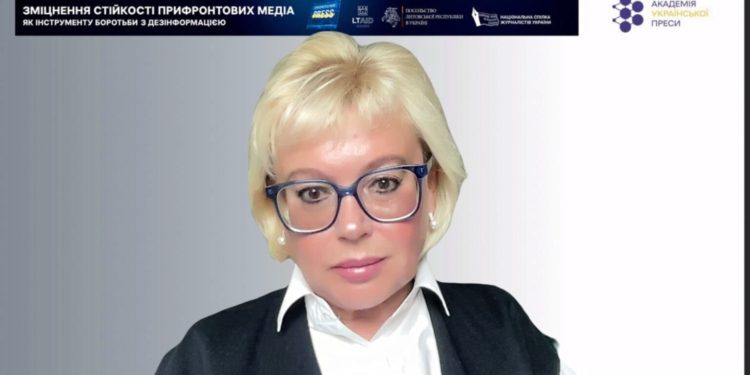

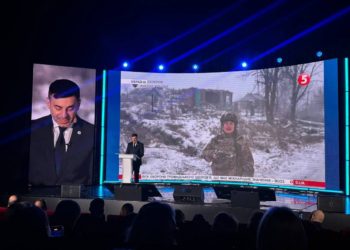
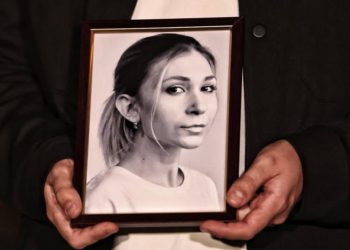
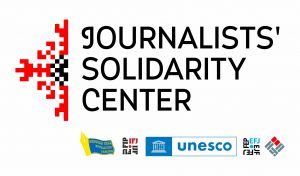
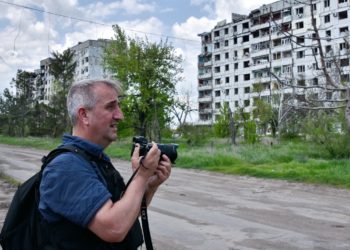






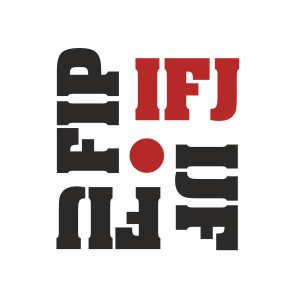
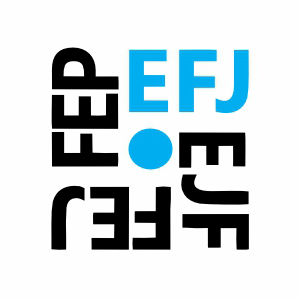


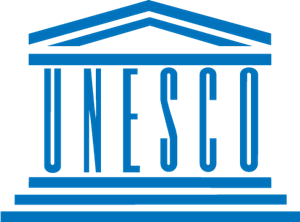
Discussion about this post